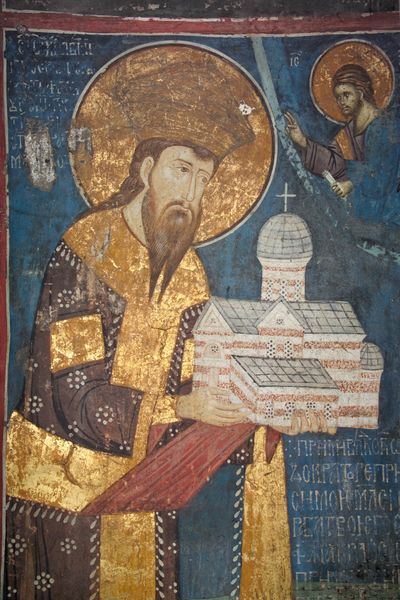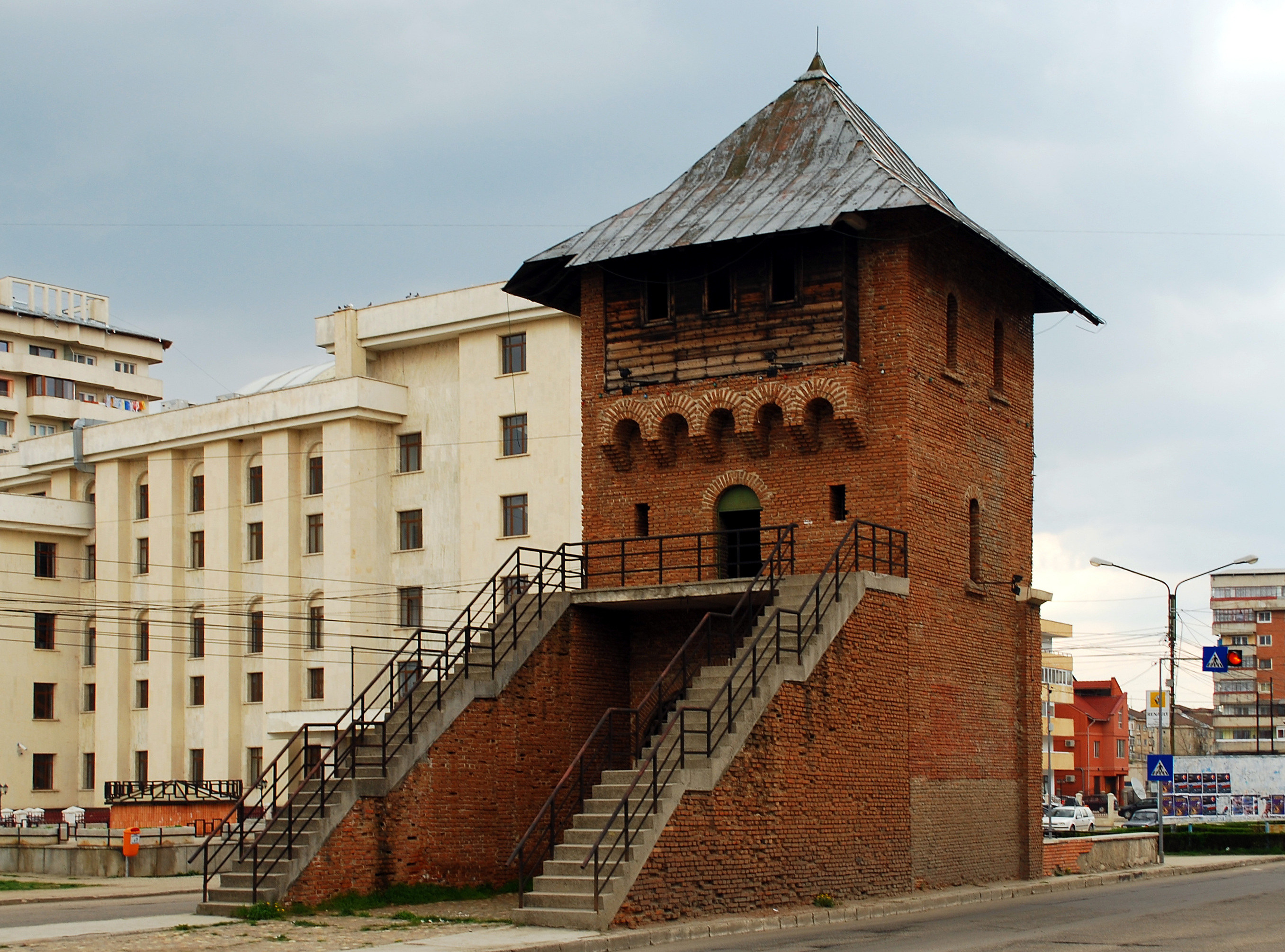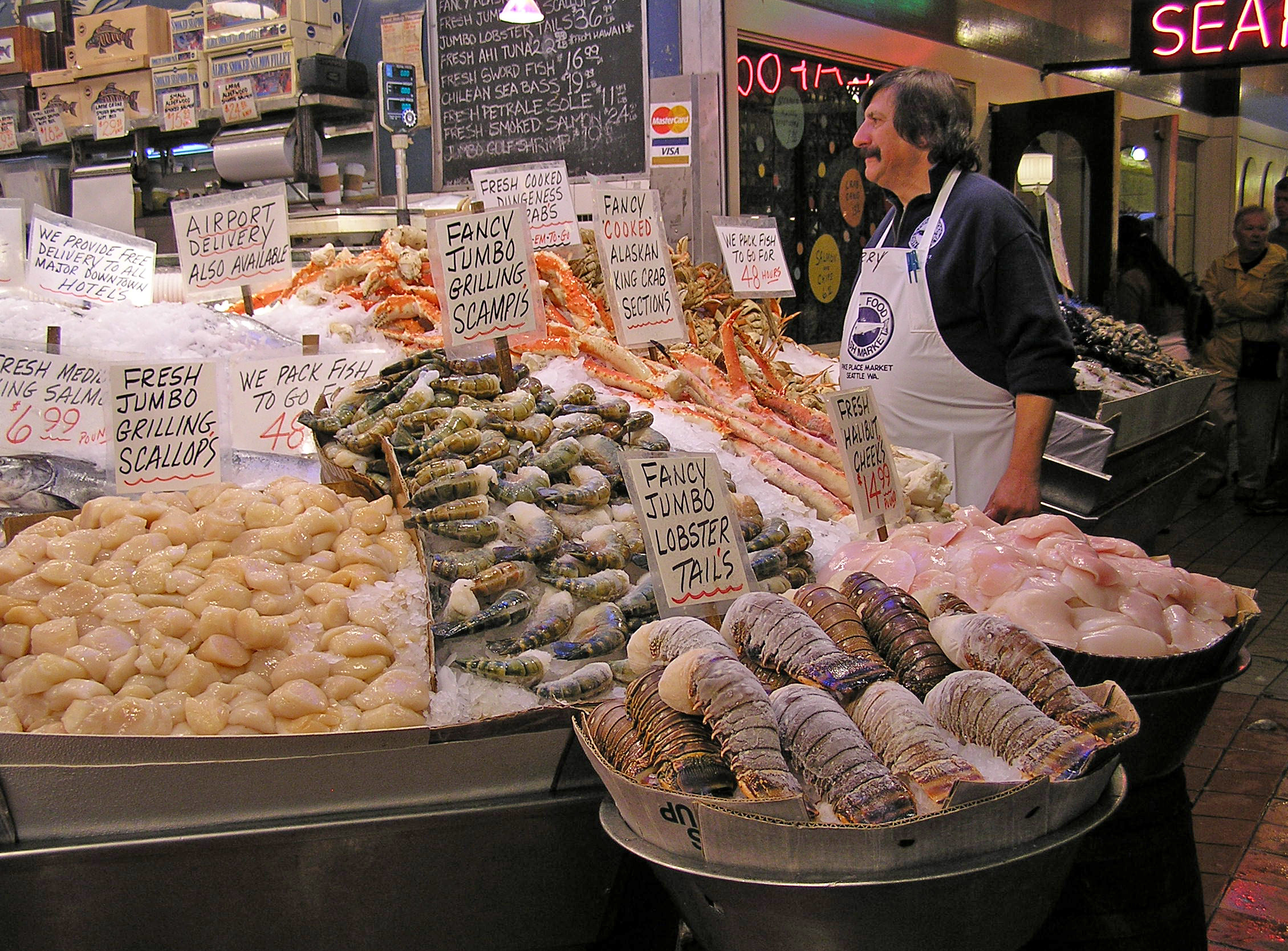|
Radu Paisie
Radu VII Paisie, officially Radul (Church Slavonic: Радул воєвода), also known as Radu vodă Măjescul, Radu vodă Călugărul, Petru I, and Petru de la Argeș (ca. 1500 – after 1545), was Prince of Wallachia almost continuously from June 1535 to February 1545. A man of uncertain origins, he depicted himself as an heir to the House of Basarab and the Drăculești: the son of Prince Radu the Great and half-brother of Vlad Vintilă and Radu of Afumați. The scholar Nicolaus Olahus partly supported this account and further claimed that Paisie was his own cousin. The descent is endorsed by some modern historians, whereas others suggest that Paisie was a regular member of the boyar class, or even a fishmonger. He is known to have been a monk of the Wallachian Orthodox Church before his coronation. Paisie took the throne as a boyar favorite in the wake of Vlad Vintilă's assassination. Despite his immediate homage to the Ottoman Empire, which exercised suzerain pow ... [...More Info...] [...Related Items...] OR: [Wikipedia] [Google] [Baidu] |
Ktitor
''Ktetor'' ( el, κτήτωρ) or ''ktitor'' (; ka, ქტიტორი ''kt’it’ori''; ro, ctitor), meaning "founder", is a title given in the Middle Ages to the provider of funds for construction or reconstruction of an Eastern Orthodox church or monastery, for the addition of icons, frescos, and other works of art. It was used in the Byzantine sphere. A Catholic equivalent of the term is "donator". At the time of founding, the ktetor often issued typika, and was illustrated on fresco Fresco (plural ''frescos'' or ''frescoes'') is a technique of mural painting executed upon freshly laid ("wet") lime plaster. Water is used as the vehicle for the dry-powder pigment to merge with the plaster, and with the setting of the plaster ...es ("ktetor portrait"). The female form is ''ktetorissa'' ( el, κτητόρισσα) or ''ktitoritsa'' (). Sources * * History of Eastern Orthodoxy Philanthropy Byzantine culture Greek words and phrases {{Orthodoxy-stub ... [...More Info...] [...Related Items...] OR: [Wikipedia] [Google] [Baidu] |
Wallachia
Wallachia or Walachia (; ro, Țara Românească, lit=The Romanian Land' or 'The Romanian Country, ; archaic: ', Romanian Cyrillic alphabet: ) is a historical and geographical region of Romania. It is situated north of the Lower Danube and south of the Southern Carpathians. Wallachia is traditionally divided into two sections, Muntenia (Greater Wallachia) and Oltenia (Lesser Wallachia). Dobruja could sometimes be considered a third section due to its proximity and brief rule over it. Wallachia as a whole is sometimes referred to as Muntenia through identification with the larger of the two traditional sections. Wallachia was founded as a principality in the early 14th century by Basarab I after a rebellion against Charles I of Hungary, although the first mention of the territory of Wallachia west of the river Olt dates to a charter given to the voivode Seneslau in 1246 by Béla IV of Hungary. In 1417, Wallachia was forced to accept the suzerainty of the Ottoman Empire ... [...More Info...] [...Related Items...] OR: [Wikipedia] [Google] [Baidu] |
Târgoviște
Târgoviște (, alternatively spelled ''Tîrgoviște''; german: Tergowisch) is a city and county seat in Dâmbovița County, Romania. It is situated north-west of Bucharest, on the right bank of the Ialomița River. Târgoviște was one of the most important cities in the history of Wallachia, as it was its capital between the early 15th and 16th centuries. At the 2011 census, the city had a population of 79,610 people, making it the 26th largest in the country. Name The name ''Târgoviște'' is a Slavic name which the city acquired in the Middle Ages. It is derived from the old Slavonic word for "marketplace", referring to the place rather than the market itself. The name is found in placenames not only in South Slavic areas (Bulgarian Търговище, Serbian Трговиште and Croatian ''Veliko Trgovišće''), but also in West Slavic such as Slovak ''Trhovište'' or Polish '' Targowica''. Additionally, places with the same name are found in Romania, in the ... [...More Info...] [...Related Items...] OR: [Wikipedia] [Google] [Baidu] |
Suleiman The Magnificent
Suleiman I ( ota, سليمان اول, Süleyman-ı Evvel; tr, I. Süleyman; 6 November 14946 September 1566), commonly known as Suleiman the Magnificent in the West and Suleiman the Lawgiver ( ota, قانونى سلطان سليمان, Ḳānūnī Sulṭān Süleymān) in his realm, was the tenth and longest-reigning Sultan of the Ottoman Empire from 1520 until his death in 1566. Under his administration, the Ottoman Empire ruled over at least 25 million people. Suleiman succeeded his father, Selim I, as sultan on 30 September 1520 and began his reign with campaigns against the Christian powers in central Europe and the Mediterranean. Belgrade fell to him in 1521 and the island of Rhodes in 1522–23. At Mohács, in August 1526, Suleiman broke the military strength of Hungary. Suleiman became a prominent monarch of 16th-century Europe, presiding over the apex of the Ottoman Empire's economic, military and political power. Suleiman personally led Ottoman armies in ... [...More Info...] [...Related Items...] OR: [Wikipedia] [Google] [Baidu] |
Ottoman Sultan
The sultans of the Ottoman Empire ( tr, Osmanlı padişahları), who were all members of the Ottoman dynasty (House of Osman), ruled over the transcontinental empire from its perceived inception in 1299 to its dissolution in 1922. At its height, the Ottoman Empire spanned an area from Hungary in the north to rebel in the south and from Algeria in the west to Iraq in the east. Administered at first from the city of Söğüt since before 1280 and then from the city of Bursa since 1323 or 1324, the empire's capital was moved to Adrianople (now known as Edirne in English) in 1363 following its conquest by Murad I and then to Constantinople (present-day Istanbul) in 1453 following its conquest by Mehmed II. The Ottoman Empire's early years have been the subject of varying narratives, due to the difficulty of discerning fact from legend. The empire came into existence at the end of the 13th century, and its first ruler (and the namesake of the Empire) was Osman I. According ... [...More Info...] [...Related Items...] OR: [Wikipedia] [Google] [Baidu] |
Fealty
An oath of fealty, from the Latin ''fidelitas'' (faithfulness), is a pledge of allegiance of one person to another. Definition In medieval Europe, the swearing of fealty took the form of an oath made by a vassal, or subordinate, to his lord. "Fealty" also referred to the duties incumbent upon a vassal that were owed to the lord, which consisted of service and aid.Coredon ''A Dictionary of Medieval Terms and Phrases'' p. 120 One part of the oath of fealty included swearing to always remain faithful to the lord. The oath of fealty usually took place after the act of homage, when, by the symbolic act of kneeling before the lord and placing his hands between the hands of the lord, the vassal became the "man" of the lord. Usually, the lord also promised to provide for the vassal in some form, either through the granting of a fief or by some other manner of support.Saul "Feudalism" ''Companion to Medieval England'' pp. 102-105 Typically, the oath took place upon a religious object such ... [...More Info...] [...Related Items...] OR: [Wikipedia] [Google] [Baidu] |
Eastern Hungarian Kingdom
The Eastern Hungarian Kingdom ( hu, keleti Magyar Királyság) is a modern term coined by some historians to designate the realm of John Zápolya and his son John Sigismund Zápolya, who contested the claims of the House of Habsburg to rule the Kingdom of Hungary from 1526 to 1570. The Zápolyas ruled over an eastern part of Hungary, and the Habsburg kings ( Ferdinand and Maximilian) ruled the west. The Habsburgs tried several times to unite all Hungary under their rule, but the Ottoman Empire prevented that by supporting the Eastern Hungarian Kingdom.Robert John Weston Evans, T. V. Thomas. ''Crown, Church and Estates: Central European politics in the sixteenth and seventeenth centuries'', Macmillan, 1991, pp. 80–81 The exact extent of the Zápolya realm was never settled because both the Habsburgs and the Zápolyas claimed the whole kingdom. A temporary territorial division was made in the Treaty of Nagyvárad in 1538. The Eastern Hungarian Kingdom is considered by some h ... [...More Info...] [...Related Items...] OR: [Wikipedia] [Google] [Baidu] |
Ottoman Empire
The Ottoman Empire, * ; is an archaic version. The definite article forms and were synonymous * and el, Оθωμανική Αυτοκρατορία, Othōmanikē Avtokratoria, label=none * info page on book at Martin Luther University) // CITED: p. 36 (PDF p. 38/338) also known as the Turkish Empire, was an empire that controlled much of Southeast Europe, Western Asia, and Northern Africa between the 14th and early 20th centuries. It was founded at the end of the 13th century in northwestern Anatolia in the town of Söğüt (modern-day Bilecik Province) by the Turkoman tribal leader Osman I. After 1354, the Ottomans crossed into Europe and, with the conquest of the Balkans, the Ottoman beylik was transformed into a transcontinental empire. The Ottomans ended the Byzantine Empire with the conquest of Constantinople in 1453 by Mehmed the Conqueror. Under the reign of Suleiman the Magnificent, the Ottoman Empire marked the peak of its power and prosperity, as ... [...More Info...] [...Related Items...] OR: [Wikipedia] [Google] [Baidu] |
Metropolis Of Muntenia And Dobrudja
The Metropolis of Wallachia and Dobruja, headquartered in Bucharest, Romania, is a metropolis of the Romanian Orthodox Church. History The Metropolis of Ungro-Wallachia was created, in 1359, by Callistus I, the Ecumenical Patriarch of Constantinople as the most senior church office of the Patriarchate of Constantinople, covering the territory of Wallachia. In 1872, the Metropolis of Ungro-Wallachia united with the Metropolis of Moldavia to form the Romanian Orthodox Church. The Metropolis of Ungro-Wallachia, who received the title of Primate Metropolitan in 1865, became the head of the General Synod of the Romanian Orthodox Church. In 1990, it became Metropolis of Muntenia and Dobruja. List of Metropolitans * Maxim (1508–1512) * Macarie II (1512–1521) * Ilarion II (1521–1523) ** ''vacancy'' (1523–1525) * Teodor II (1525–1533) * Mitrofan I (1533–1535) * Varlaam I (1535–1544) * Anania (1544–1558) * Efrem (1558–1566) * Danil I (1566) ** ''vacancy'' (1566–1568) ... [...More Info...] [...Related Items...] OR: [Wikipedia] [Google] [Baidu] |
Fishmonger
A fishmonger (historically fishwife for female practitioners) is someone who sells raw fish and seafood. Fishmongers can be wholesalers or retailers and are trained at selecting and purchasing, handling, gutting, boning, filleting, displaying, merchandising and selling their product. In some countries modern supermarkets are replacing fishmongers who operate in shops or fish markets. Worshipful Company of Fishmongers The fishmongers guild, one of the earliest guilds, was established in the City of London by a Royal Charter granted by Edward I shortly after he became king in 1272. Partnership with foreigners was forbidden and the sale of fish was tightly controlled to ensure freshness and restrain profit, which was limited to one penny in the shilling. Nevertheless, the guild grew rich and, after Edward's victory over the Scots, was able to make a great show, including one thousand mounted knights. During the reign of Edward II, the political power of the fishmongers wan ... [...More Info...] [...Related Items...] OR: [Wikipedia] [Google] [Baidu] |
Boyars Of Wallachia And Moldavia
The boyars of Moldavia and Wallachia were the nobility of the Danubian Principalities of Moldavia and Wallachia. The title was either inherited or granted by the Hospodar, often together with an administrative function.Djuvara, p.131 The boyars held much of the political power in the principalities and, until the Phanariote era, they elected the Hospodar. As such, until the 19th century, the system oscillated between an oligarchy and an autocracy with the power concentrated in the hospodar's hands.Djuvara, p.135 Origins During the Middle Ages, Romanians lived in autonomous communities called obște which mixed private and common ownership, employing an open field system. The private ownership of land gained ground In the 14th and 15th centuries, leading to differences within the obște towards a stratification of the members of the community.Costăchel et al., p. 111 The name of the "boyars" (''boier'' in Romanian; the institution being called ''boierie'') was patented from the ... [...More Info...] [...Related Items...] OR: [Wikipedia] [Google] [Baidu] |






